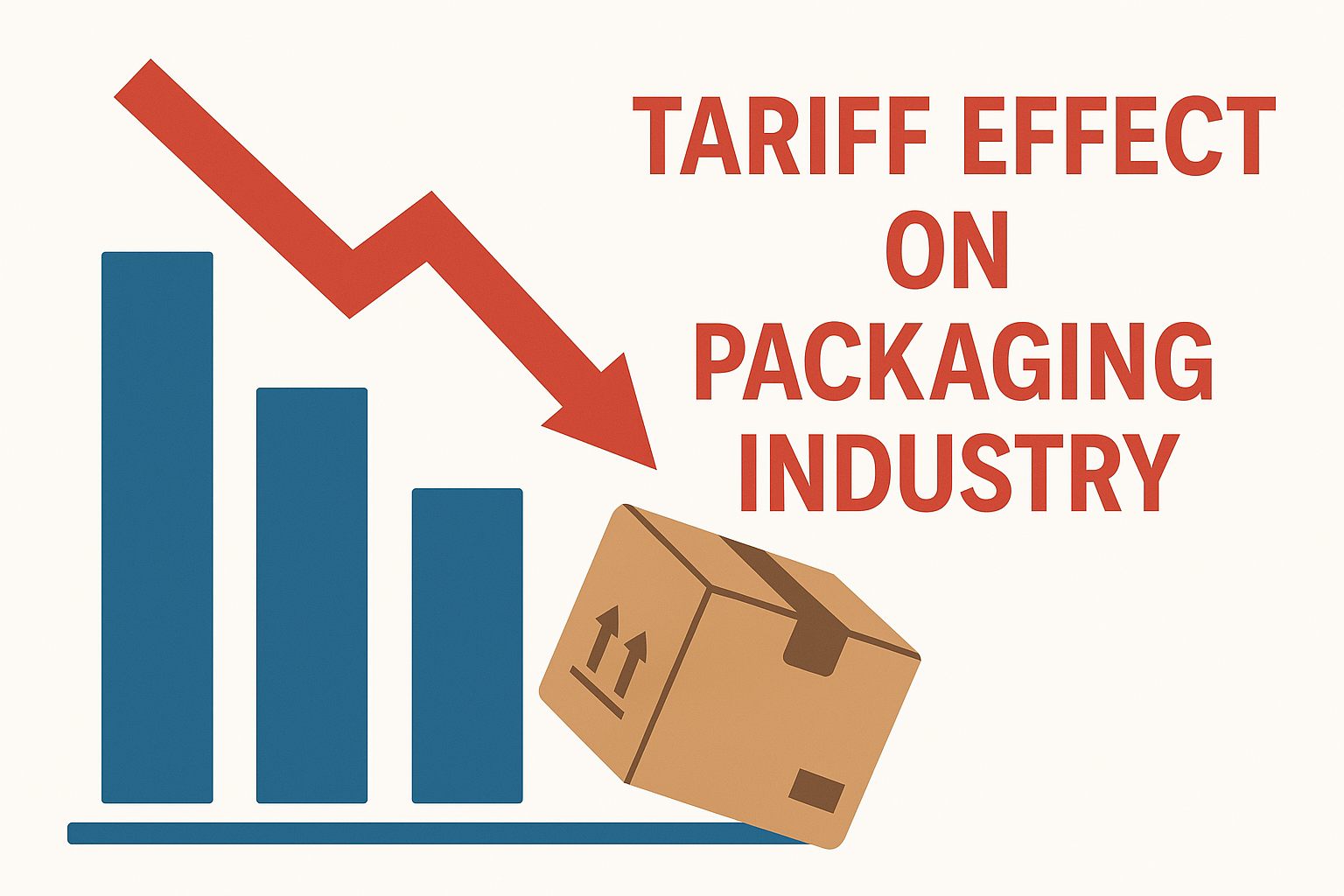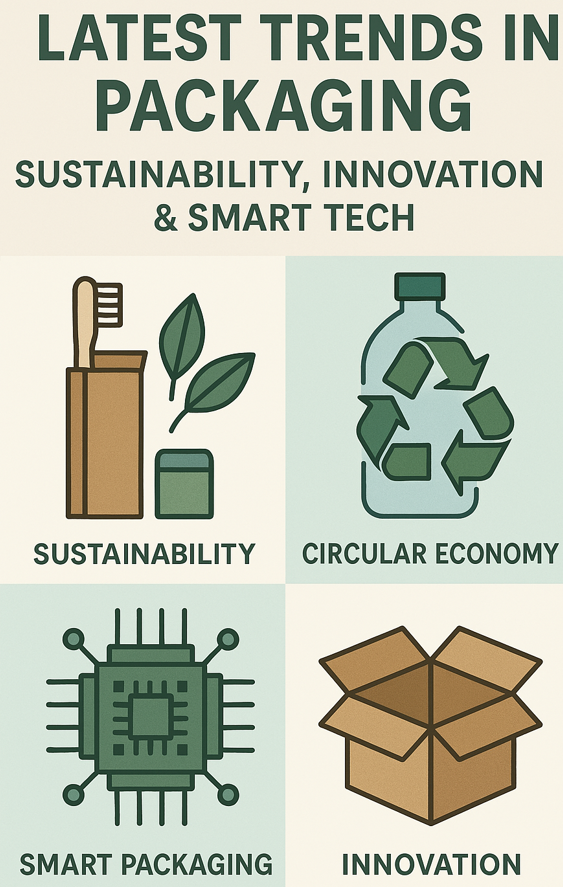
Energy Efficiency in Packaging Manufacturing and Supply Chains
Energy efficiency has become a critical focus in the packaging industry as manufacturers face rising energy costs, stricter regulations, and growing consumer demand for sustainable products. Optimizing energy usage throughout the packaging lifecycle not only reduces environmental impact but also offers significant cost savings and competitive advantages.
The Energy Challenge in Packaging
The packaging industry is energy-intensive by nature. From raw material extraction to manufacturing, distribution, and end-of-life management, each stage consumes substantial energy resources. According to recent industry analyses, packaging accounts for approximately 5-10% of the total energy consumption in consumer goods supply chains.
Key Areas for Energy Efficiency Improvement
1. Materials Selection and Design
Choosing materials with lower embodied energy can dramatically reduce overall energy footprint. Lightweight materials require less energy to produce and transport, while recyclable or biodegradable options reduce end-of-life energy demands.
Smart design strategies include:
• Optimizing packaging dimensions to reduce material usage
• Incorporating recycled content which typically requires less energy than virgin materials
• Designing for recyclability to capture energy value at end-of-life
2. Manufacturing Process Optimization
Modern packaging facilities can implement numerous energy-saving measures:
- High-efficiency equipment and motors
- Advanced process control systems to minimize waste and energy spikes
- Heat recovery systems that capture and repurpose thermal energy
- Energy management systems with real-time monitoring
- Preventive maintenance programs to maintain optimal equipment performance
3. Facility Infrastructure Improvements
Beyond production equipment, facility-wide upgrades deliver substantial energy savings:
- LED lighting systems with smart controls
- Building envelope improvements (insulation, windows, doors)
- HVAC optimization and zoning
- Compressed air system leak detection and repair
- On-site renewable energy generation where feasible
4. Supply Chain and Distribution Efficiency
Logistics represents a significant energy consumer in packaging systems:
- Optimizing transportation routes and modes
- Implementing efficient loading practices
- Reducing product damage through improved packaging design
- Exploring regional production to minimize transportation distances
- Collaborating with partners to reduce empty backhauls
5. The Role of Technology and Innovation
Advanced technologies are revolutionizing energy efficiency in packaging:
- IoT sensors for real-time energy monitoring and optimization
- AI and machine learning for predictive maintenance and process optimization
- Digital twins for energy consumption modeling
- Blockchain for transparent energy tracking across supply chains
- Advanced materials science for lighter, stronger packaging solutions
6. Building a Comprehensive Energy Strategy
Successful companies address energy efficiency holistically:
- Conduct energy audits to establish baselines and identify opportunities
- Set clear, measurable energy reduction targets
- Implement continuous improvement methodologies
- Train employees on energy management best practices
- Engage suppliers and partners in collaborative energy initiatives
- Measure and report progress using standardized metrics
7. The Business Case for Energy Efficiency
While sustainability benefits are clear, the financial advantages of energy efficiency are equally compelling:
- Direct cost savings from reduced energy consumption
- Insulation from energy price volatility
- Enhanced brand reputation and customer loyalty
- Compliance with evolving regulations
- Access to green financing and incentives
- Competitive advantage in increasingly eco-conscious markets
By embracing energy efficiency throughout their operations and supply chains, packaging manufacturers can simultaneously reduce their environmental footprint, strengthen their bottom line, and position themselves as leaders in the ongoing transition to a more sustainable economy.






